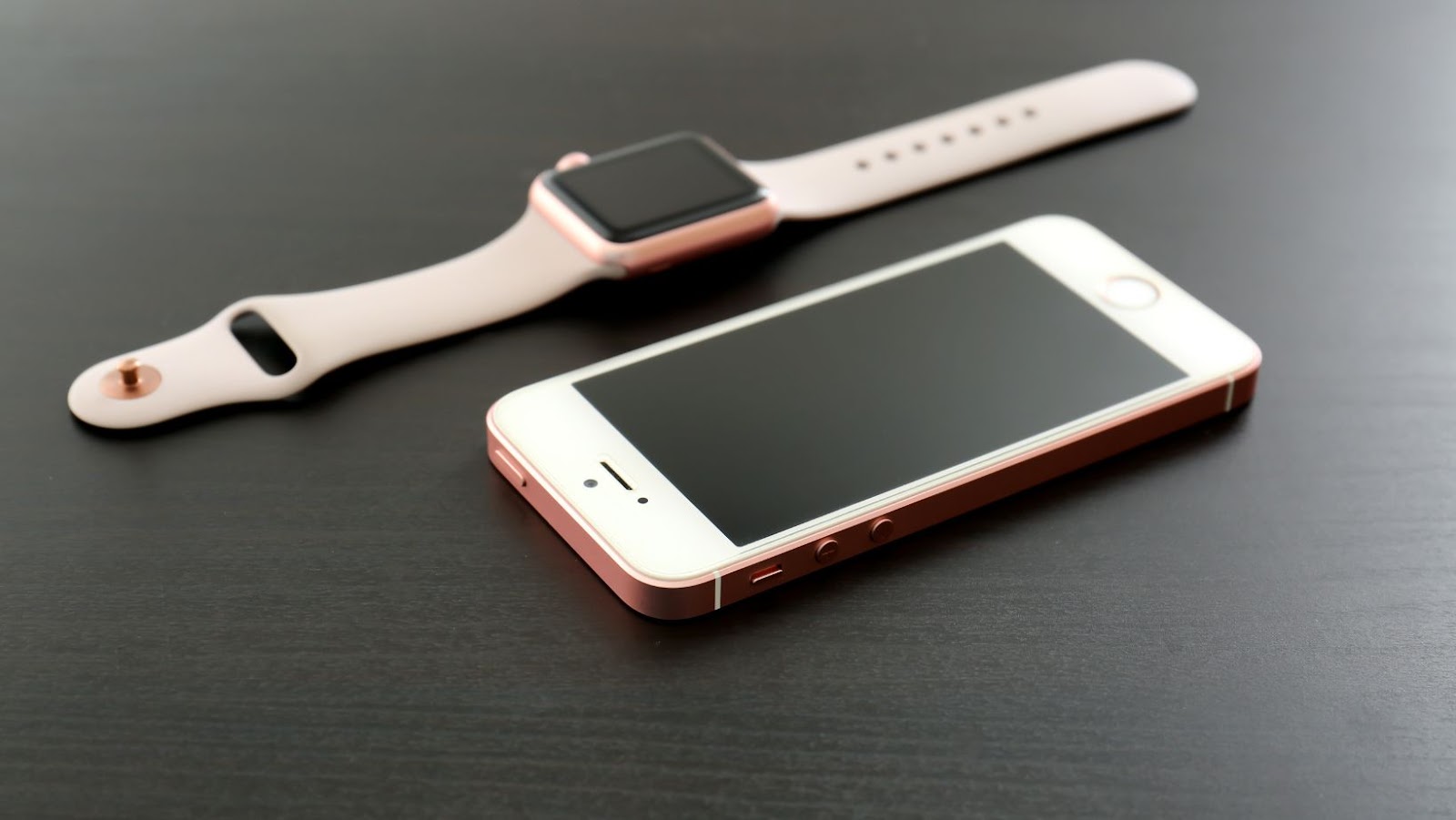
Apple has begun to show a repairability index for iPhones and Macs in France. The repairability index assesses the difficulty or ease of repairing or replacing parts of a device.
Apple’s decision to show the repairability index could significantly impact product repair and the environment. In this article, we will discuss this decision’s implications for Apple and consumers.
Overview of Apple’s Repairability Index
Apple’s Repairability Index is an effort by the company to quantify how repairable its various products are. The index evaluates various criteria, including ease of disassembly and repairability of components, use of standard tools, service manuals and parts availability. The index grades products on a scale from 0-10, with 10 representing the easiest repairability.
The Repairability Index assesses how Apple users can maintain their investment in Apple hardware over time by providing information on how to best achieve long-term usage and economic value. Furthermore, this is beneficial for individuals and businesses as it demonstrates to them that Apple is dedicated to developing reliable products and providing support for them over their life cycle.
To pursue sustainability goals, companies such as Apple must be able to assess their manufacturing footprint behaviour more holistically. The Repairability Index took the concept from traditional sustainability metrics such as energy consumption or water usage metrics into account when making design decisions; taking into consideration customer responsibility simultaneously. By creating this index it allows businesses to access essential product data that can help them find success not just in sales metrics but in sustainability goals too. Therefore, this data allows assessment of design changes over time with flexible updates according to technological changes, giving it an edge over other sustainability metrics that often rely on static reports with retrospective effects.
Apple begins showing repairability index for iPhones and Macs in France
Apple has recently begun showing repairability index for iPhones and Macs for customers in France. This means customers can better understand how easily a device can be repaired if something eventually breaks.
This change has been brought on by increased regulation in the European Union, but how will it affect Apple and its products? First, let’s look at the implications of this new repairability index.
Increased consumer confidence in Apple products
Apple’s launch of the repairability index has provided customers with a clearer view on which products are easier to repair after purchase. This could have a major impact on Apple’s reputation in the long term, creating an elevated level of trust and confidence in their products.

The increased focus by Apple on their repairability has been well received by consumers, who now know that they can count on an easily-repairable device after purchase. This commitment to repairing devices becomes especially relevant for more expensive tech items like laptops and smartphones. Customers want added assurance that they are getting a good quality product they won’t be stuck with soon after buying.
By focusing more on the repairability of its products, Apple is providing a value-added service that could improve consumer loyalty, resulting in repeat purchases and fewer complaints about experience with products with limited support or difficult repairs. Furthermore, this approach creates an added layer of trust among clients who have doubts about investing in such high-cost items from the company. As such, companies may see an increase in new customers because repairing components rather than replacing them often leads to satisfied customers who will recommend their experiences to friends and family members who may also be contemplating an upgrade or purchase of similar tech devices.
Ultimately, this increased consumer confidence will likely translate into an overall improvement for ApRes own business; consumers feel more secure when investing in expensive items with higher longevity that can be quickly repaired if necessary — creating positive customer experiences. With increasing customer satisfaction comes greater customer retention and a valuable increase in overall sales volume for the company.
Improved customer service and satisfaction
The introduction of iFixit’s Repairability Index allows Apple to build consumer trust by demonstrating its commitment to CSR (Corporate Social Responsibility). This can be achieved through improved customer service and satisfaction. Going forward, this trust will help to strengthen customer relationships, win new customers and realise long-term profitability in a highly competitive environment.
Apple is empowered with new ways to enable customers to make the most out of their product. For example, the Repairability Index allows Apple to enhance customer service and satisfaction by making product repairs easier and more accessible. With increased technical expertise, support agents can provide better solutions that tackle repair issues quicker, increasing overall satisfaction. In addition, customers can expect faster resolution quality assurance with access to updated step-by-step instructions for repair solutions and a wider range of replacement parts available within each kit. By providing these tools, Apple delivers an outstanding product experience and enhances its reputation as a CSR leader in the industry.
Increased demand for Apple products
Recent news of Apple’s repairability score in the 2019 iFixit Repairability Index has highlighted a need for more sustainable, ethically responsible technology. While Apple is quickly becoming the leader in developing and manufacturing socially conscious devices, there are likely to be more demands from consumers for products that are designed and engineered with repairable parts. This will likely increase the demand for Apple products, as consumers are more likely to invest in products that can better stand the test of time and provide a greater economic value.

Moreover, increasing demand for repairable electronics may also encourage Apple to consider adoption of newly developed technologies such as modular components, which heavily rely on replaceable parts. Developers could design modular components to fit specific purposes or combine multiple similar components into one system or appliance. For example individual speaker units or camera components can be joined into one device eventually minimising cost and waste while maintaining reliable quality control. Similarly, standardising repair procedures across different brands could reduce inconsistencies and strengthen providers’ reputation within the industry and eliminate unnecessary costs incurred during repairs due to lack of support from third part vendors.
Overall, this new index is sure to open up many doors for Apple in terms of possible research areas and product development opportunities that can further ensure their leading position among other electronic producers both in terms of technology advancement and social responsibility: aligning practices with customer values and needs, investing into longer lasting honest products – all these should be reflected on increased demand in subsequent years.
Impact on the Environment
Apple is now taking a proactive role in lessening their environmental impact by offering repairability indexes. With the introduction of this initiative, Apple plans to decrease their carbon footprint and help promote eco-friendly repairability of their products. This step is a major move for Apple and other companies in the electronics industry, as it offers an opportunity to decrease the number of electronic waste worldwide.
Let’s find out how this index will help reduce e-waste and improve the environment.
Reduced e-waste
The repairability index aims to incentivize manufacturers to make durable and flexible products with easy-to-replace parts. This can significantly reduce e-waste, as products that are no longer useful to the customer can be repaired or have parts replaced before they become junk.
Apple’s commitment to the environment and its emphasis on climate initiatives is evidenced through its involvement in the repairability index scheme. By creating a market for repairable products, Apple benefits greatly in reducing their carbon footprint and improving customer satisfaction.
In addition, increasing repairability allows customers to keep their devices for longer periods, which can further reduce e-waste by eliminating frequent replacements. Furthermore, customers can purchase items that are well built from a design standpoint and relatively easy to service if/when something goes wrong. Finally, it also allows manufacturers like Apple the opportunity not only to be sustainable but also build brand loyalty by providing easily serviceable options for their customers who want a reliable product that will last them longer than the average device lifespan.
The shift toward extended life expectancy goes hand in hand with environmental responsibility as fewer replacements lead to less materials being used over long periods, ultimately reducing overall waste production.
Reduced need for new parts
The Repairability Index assesses how easy different parts and components of the device are to repair. A lower score on the Repairability Index could mean fewer new parts will be needed for repair, reducing the amount of resources required for manufacturing and repair. This means less demand for raw materials, fewer emissions from shipping and transportation, and lowered risk of improper disposal of broken hardware. It also allows consumers to save money on repairs as they can source parts or buy pre-owned devices that have been professionally repaired.

In addition, it incentivizes manufacturers to design devices with reparability in mind, which can further reduce waste through increased product use efficiency. Ultimately, a lower score on the Repairability Index could lead to a more sustainable production cycle, lower environmental impacts, and longer lifespans for products when used responsibly. This will benefit consumers and the environment as we strive towards a greener future.
Reduced reliance on third-party repair services
Apple’s step towards increasing the repairability index score of its products can have a positive impact both on the environment and consumers.
The improved repairability of Apple products will result in a reduced reliance on third-party repair services. Most electronic gadgets require specialist knowledge or tools to perform repairs. Apple’s improved repairability index will ensure that most repairs can be done in-house, reducing the need for expensive third-party repair services. The repair parts will also be covered under Apple’s warranty, meaning fewer environmental emissions from repairs outside Apple facilities.
In addition, reducing the reliance on third-party repair services also leads to lower e-waste levels. When consumers opt to use up their usable products instead of replacing them with newer ones, this decreases the amount of e-waste generated by electronics. Reducing our dependence on third-party services also allows us to maintain control over the quality of our devices without outsourcing it to external parties. This makes us more accountable for our own devices and increases their lifespan.





